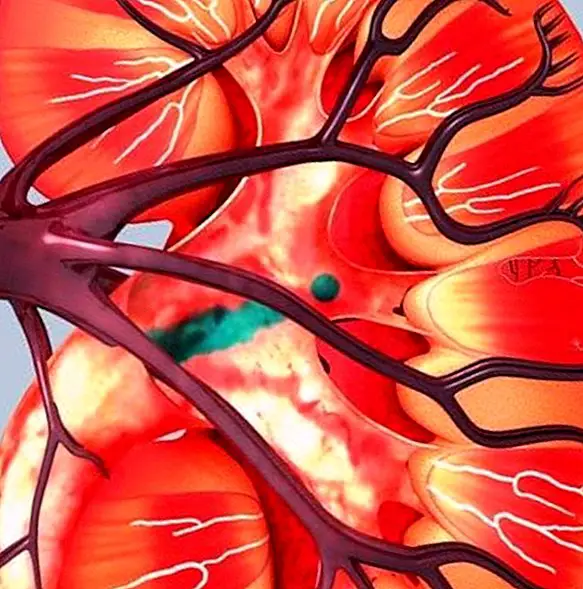What is Basal Metabolic Rate, how to calculate it and what is it used for?
As you surely know, the one known as Body Mass Index (BMI) has become one of the most used measures to find out if a person is at a normal weight, or yet is overweight or obese.
It basically consists of a measure of association between the mass of a person and his size, calculated according to the operation mass (expressed in kilograms) divided by the square of the stature (expressed in meters squared). Then, this value is identified in the WHO classification of nutritional status according to the BMI.

The value obtained is the person's Body Mass Index, which is not constant, but actually varies depending on the age and sex of the individual, as well as the proportions of both muscle and adipose tissue.
However, as scientists like the mathematician Keith Devlin or his own defend Center for Consumer Freedom, it would actually be a useless calculation for the evaluation of health, although convenient but still consistent in a measure of inaccurate weight.
Therefore, over the years, other parameters and measures have been developed that can be very useful in this regard. It is the case of Basal Metabolic Rate (or TMB). And it is that we are faced with another useful parameter in weight loss diets, although it is true that it tends to be less known than the body mass index.
What is the Basal Metabolic Rate?
Consists of the amount of calories the body needs to function at its most basic level; that is, in a resting state. Put another way: it is the amount of daily calories needed to maintain the basic functions of our body.
It is a good option to know how many calories our body burns without doing any type of exercise or complementary physical activity.

It was developed in the year 1919 by James Arthur Harris and Francis Gano Benedict, at which time it was known by the name of Harris-Benedict method. Later other methods appeared.
For the calculation, different personal elements are used, such as: sex, age in years, height in centimeters and weight in kilograms.
How is it calculated?
Although there are different ways to calculate the Basal Metabolic Rate, the most accurate is the Harris-Benedict equation revised in 1990 by Mifflin and St Jeor. Is the next:
In men: TMB = (10 x weight in kg) + (6.25 x height in cm) - (5 x age in years) + 5
In women: TMB = (10 x weight in kg) + (6.25 x height in cm) - (5 x age in years) - 161
Since this calculation only shows the minimum consumption of our body, now it is necessary to calculate the energy expenditure according to our lifestyle. And it is not the same to be an athletic runner who, for example, work 8 hours a day in an office sitting in front of the computer.
For this, it is useful to calculate the daily recommended calorie intake for a person to maintain their current weight:
- No exercise or little: Daily Calories Needed = TMB x 1.2
- Light exercise (1-3 days a week): Daily Calories Needed = TMB x 1,375
- Moderate exercise (3-5 days a week): Daily Calories Needed = TMB x 1.55
- Strong exercise (6-7 days a week): Daily Calories Needed = TMB x 1,725
- Very strong exercise (twice a day): Daily Calories Needed = TMB x 1.9

Making this last calculation we will know the calories that we need to maintain our current weight, and help us in turn to choose the diet that suits us best. On the other hand, it is also useful to know how much physical exercise we should include in our day to day life, for example, to lose weight. This article is published for informational purposes only. You can not and should not replace the consultation with a Nutritionist. We advise you to consult your trusted Nutritionist.


